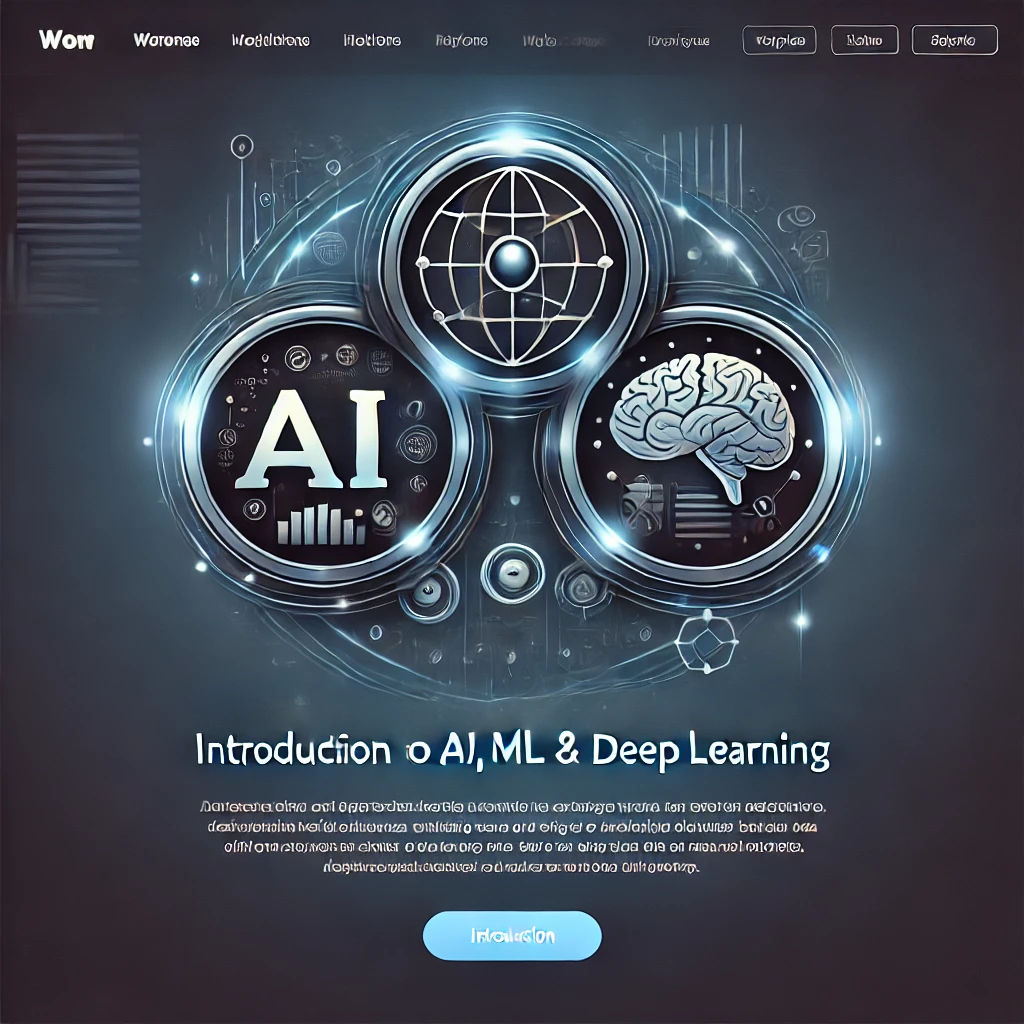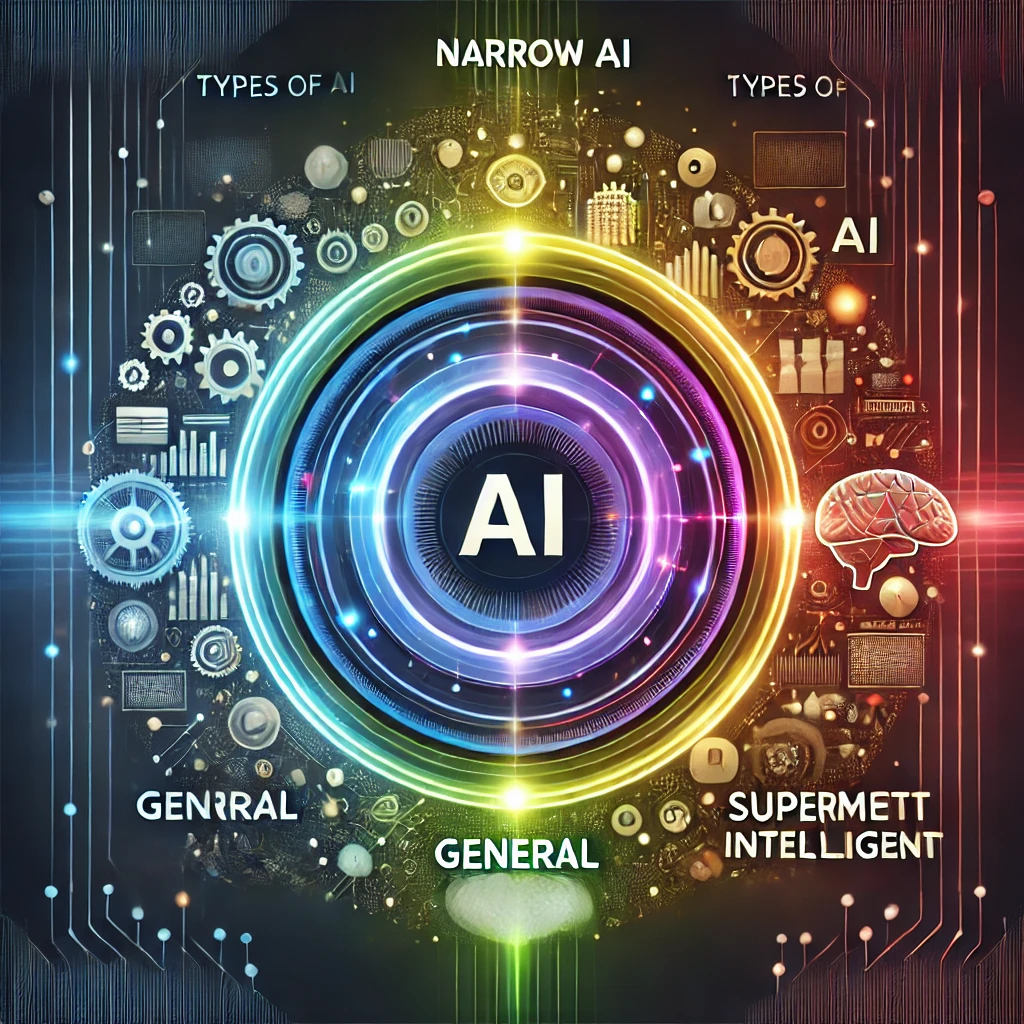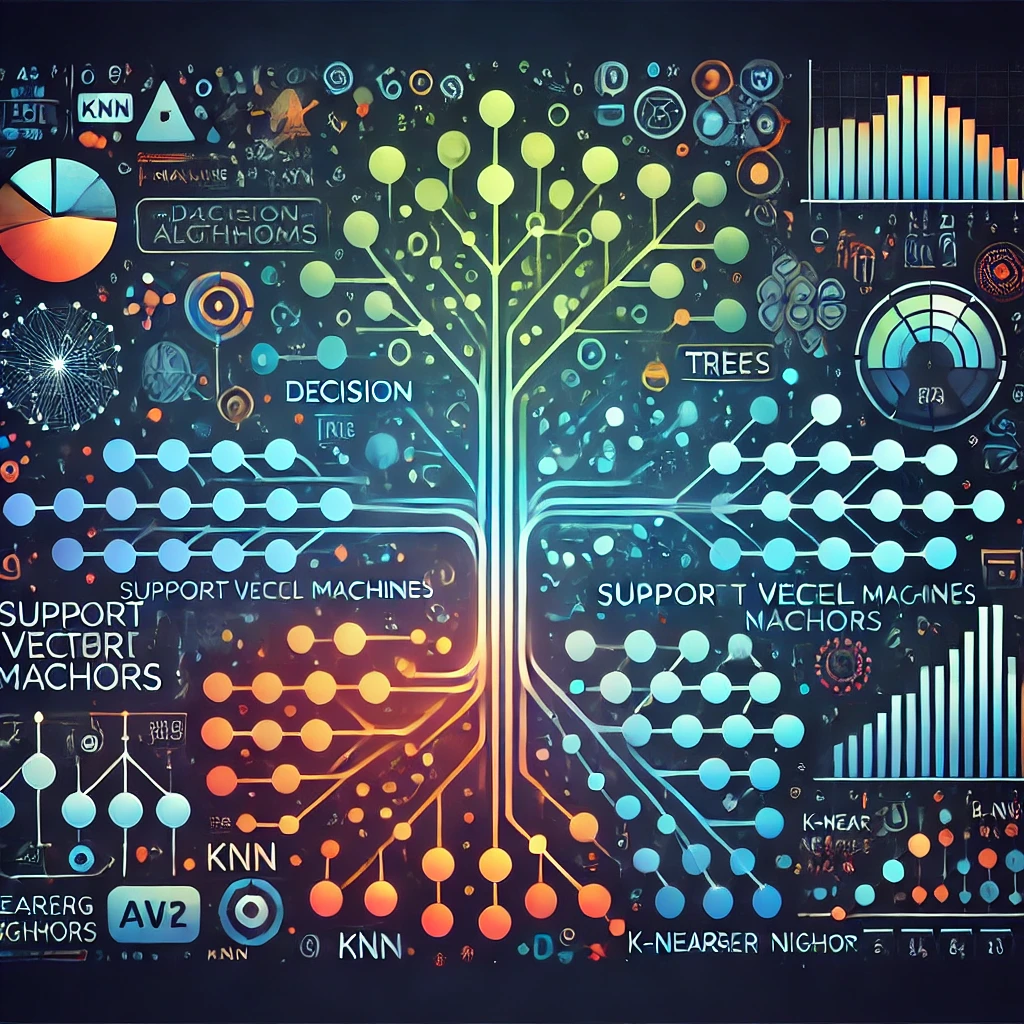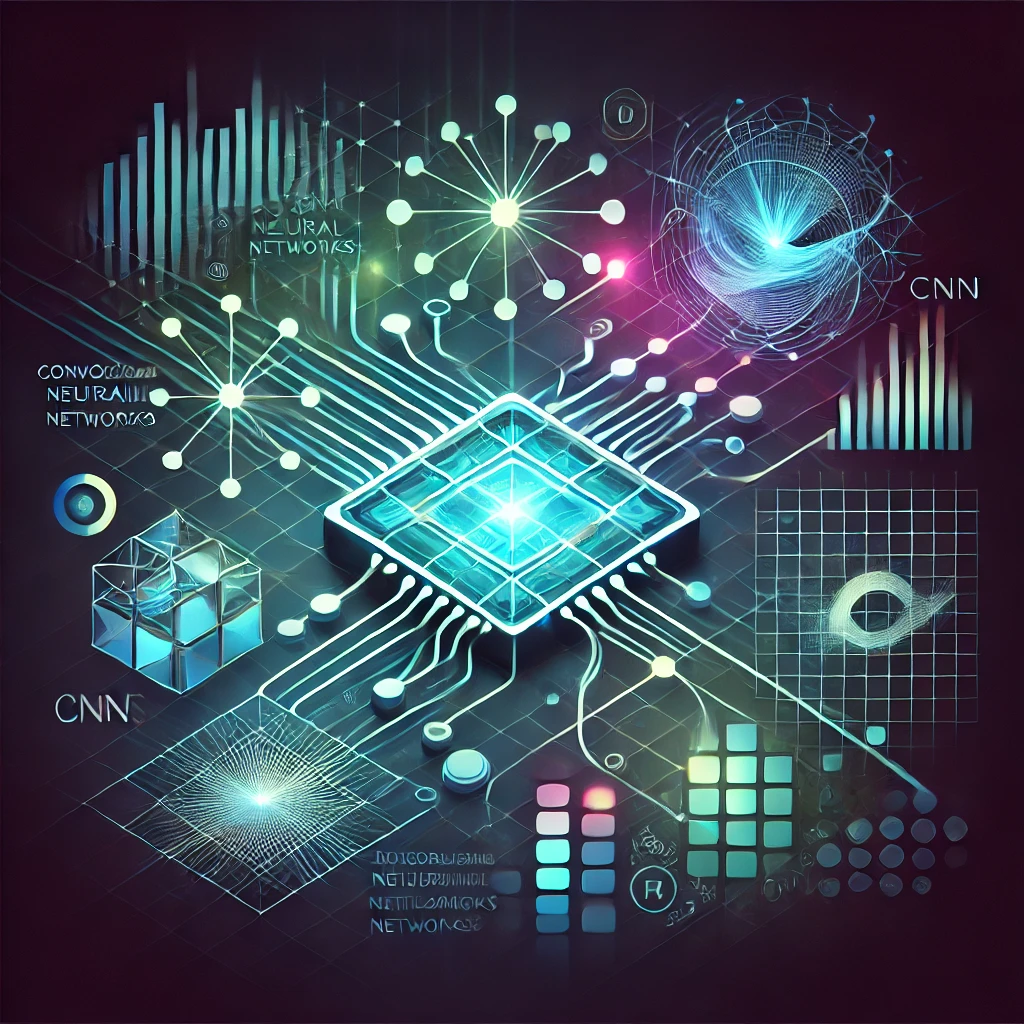Computer vision (CV) is a dynamic field of artificial intelligence (AI) focused on enabling machines to interpret and make decisions based on visual data. From autonomous vehicles and facial recognition to medical imaging and augmented reality, computer vision is transforming how machines “see” and interact with the world around us. This blog post delves into three core areas of computer vision: object detection, facial recognition, and image segmentation, explaining their applications, techniques, and challenges.
1. Object Detection: Identifying and Locating Objects in Images
Object detection is a fundamental task in computer vision that involves identifying specific objects within an image and determining their location by drawing bounding boxes around them. Unlike image classification, which merely labels an image with an object’s category, object detection locates and labels multiple objects within a single image.
- How Object Detection Works:
- Region Proposal Networks (RPNs): These networks generate candidate regions where objects may be located. RPNs are a crucial component in many advanced object detection algorithms, like Faster R-CNN (Region-based Convolutional Neural Networks).
- YOLO (You Only Look Once): This real-time object detection method divides an image into a grid and simultaneously predicts bounding boxes and class probabilities for objects within those grids. YOLO is highly efficient, making it suitable for real-time applications.
- SSD (Single Shot MultiBox Detector): SSD is another method for real-time detection that doesn’t require an RPN, which increases speed but can slightly reduce accuracy.
- Applications of Object Detection: Object detection is widely used in security (e.g., identifying suspicious items in CCTV footage), retail (tracking products in stores), self-driving cars (detecting pedestrians and road signs), and healthcare (analyzing medical images for abnormalities).
- Challenges in Object Detection: Variations in lighting, background clutter, and occlusion can make object detection difficult. Small objects or those partially obstructed by others are challenging to detect accurately. Improving accuracy and speed, especially for real-time applications, remains a focus in research and development.
Object detection enables machines to recognize and interact with the world, making it an essential tool for automated surveillance, robotics, and beyond.
2. Facial Recognition: Identifying and Verifying Faces
Facial recognition is a powerful application of computer vision that identifies or verifies individuals based on their unique facial features. This technology has grown rapidly, finding applications in security, marketing, and even social media.
- How Facial Recognition Works:
- Face Detection: The first step in facial recognition is detecting faces within an image. Techniques such as the Viola-Jones algorithm, convolutional neural networks (CNNs), and deep learning-based approaches are commonly used for detecting faces accurately and quickly.
- Feature Extraction: The next step is extracting unique facial features, like the distance between eyes, nose, mouth, and other landmarks. Facial recognition systems use these features to create a unique “faceprint” for each person.
- Face Matching and Verification: Once a faceprint is generated, it can be compared to others in a database to verify or identify a person. Advanced systems, like those based on deep learning, use layers of neural networks to capture intricate patterns that are hard to replicate.
- Applications of Facial Recognition:
- Security: Facial recognition is used for unlocking devices, controlling access to buildings, and monitoring crowds in public spaces.
- Marketing and Retail: Retailers use facial recognition to enhance customer experience by identifying returning customers and personalizing offers.
- Social Media: Platforms like Facebook and Instagram use facial recognition to suggest tags and organize photos.
- Challenges in Facial Recognition:
- Privacy Concerns: Facial recognition has raised significant privacy and ethical concerns, as it can be used to track individuals without their consent. Regulatory frameworks and responsible usage are crucial to mitigate these issues.
- Bias and Accuracy: Research has shown that facial recognition systems can be less accurate for certain demographic groups. Addressing biases and improving accuracy for all users is an ongoing challenge.
Facial recognition continues to evolve, balancing convenience and security with the need for ethical usage and privacy safeguards.
3. Image Segmentation: Dividing an Image into Meaningful Parts
Image segmentation is a technique that divides an image into segments, or regions, that represent different objects or areas. Unlike object detection, which uses bounding boxes, image segmentation provides a pixel-level understanding of each object’s shape and boundaries within an image.
- Types of Image Segmentation:
- Semantic Segmentation: This method classifies each pixel in an image as belonging to a particular class (e.g., car, road, sky). It doesn’t differentiate between instances, meaning multiple cars would be segmented as a single category.
- Instance Segmentation: This technique goes a step further by segmenting each instance of an object separately, making it possible to differentiate between multiple cars, pedestrians, or other objects.
- Panoptic Segmentation: A combination of semantic and instance segmentation, panoptic segmentation provides comprehensive labeling by recognizing both individual object instances and broader categories.
- How Image Segmentation Works: Image segmentation typically relies on convolutional neural networks (CNNs) that process image data at the pixel level. Advanced models, such as U-Net and Mask R-CNN, are designed to capture fine details and accurately separate objects from their background. Mask R-CNN, for example, builds on Faster R-CNN to perform both object detection and instance segmentation.
- Applications of Image Segmentation:
- Medical Imaging: Image segmentation plays a critical role in identifying tumors, organs, and abnormalities in medical scans, enhancing diagnostic accuracy.
- Autonomous Vehicles: Autonomous systems use segmentation to understand road environments, distinguishing between vehicles, pedestrians, and road signs.
- Agriculture: In agriculture, image segmentation is used to monitor crop health, identify pest infestations, and analyze soil conditions.
- Challenges in Image Segmentation: Achieving high accuracy in complex images with multiple overlapping or similarly colored objects can be difficult. Moreover, segmenting in real-time for applications like self-driving cars demands both speed and accuracy, requiring powerful computational resources.
Image segmentation provides a granular level of detail essential for advanced applications in healthcare, automotive, and environmental monitoring.
Conclusion
Computer vision has progressed rapidly, opening up new possibilities across industries. Object detection, facial recognition, and image segmentation each play a unique role in enabling machines to analyze and interpret visual information. While there are challenges in ensuring accuracy, minimizing bias, and protecting privacy, continued advancements in computer vision hold promise for a future where machines understand and interact with our visual world more intuitively than ever before. As computer vision technology evolves, its responsible and ethical use will be crucial to maximizing benefits for society while minimizing potential drawbacks.




